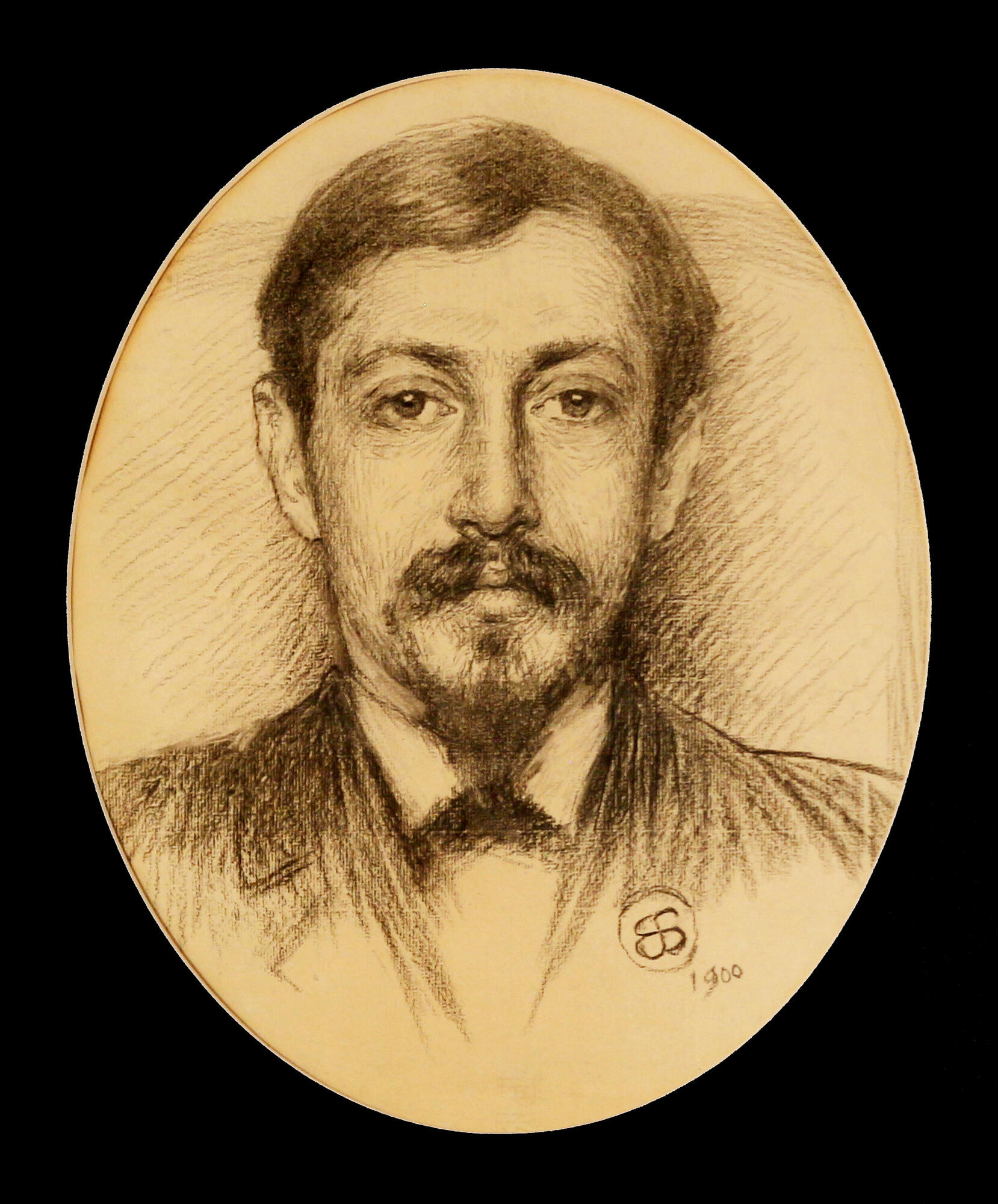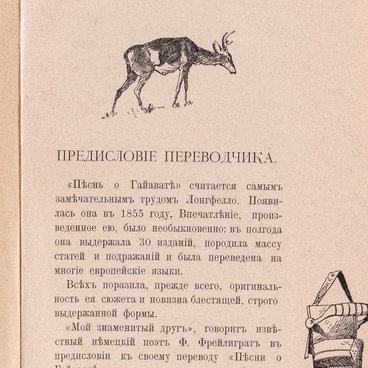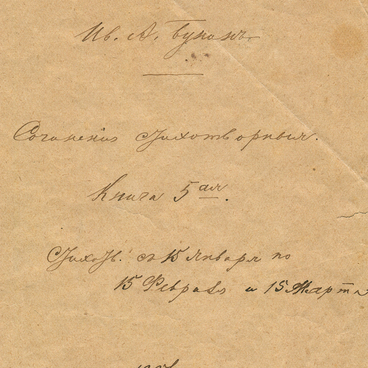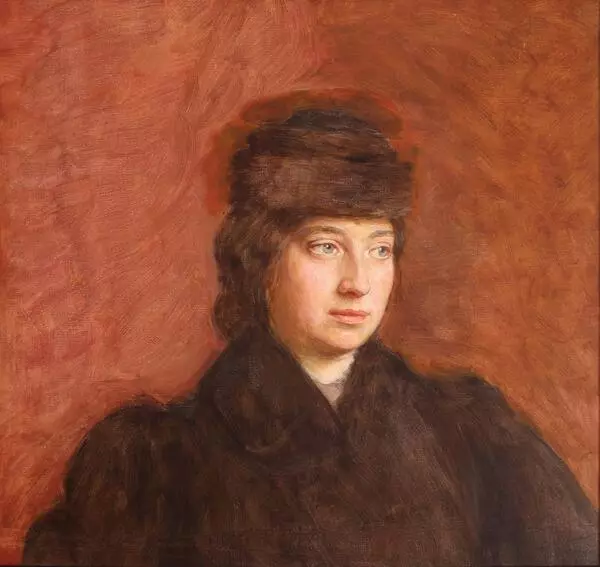Since the end of the 1890s, Ivan Bunin often visited Odessa, where he met members of the Association of South Russian Artists Evgeny Bukovetsky, Pyotr Nilus and Vladimir Kurovsky. Bunin often attended lunches at Bukovetsky’s mansion. Vera Muromtseva, the writer’s wife, recalled that the painter, ‘being a wealthy man, arranged feasts, but invited only men. Lunches were weekly, on Thursdays, they were fun, noisy, at ease; Bukovetsky’s table was distinguished by its subtlety and originality – the fish was served before soup. Bukovetsky, an exquisite man, intelligent, with great taste, tried to be graceful in everything. He painted portraits’. At these meetings Bunin often read his own and other people’s works and, as Nilus wrote, ‘gave his friends all his laughter, all his youthful joy…’
Muromtseva recalled that Bukovetsky ‘was above average height, graceful, moderately thin, with regular facial features, with wavy brown hair. He had a very fragile health, in his youth he suffered from severe migraines and lay in a dark room for several days at a time’. Bunin and Bukovetsky quickly became friends. The writer liked the mind of Evgeny Yosifovich, the originality of his judgments, the accuracy of his words. At work, he knew how to engage his model with conversation, which, however, never stopped him from painting.
Bukovetsky worked in his large two-story house, where he had a huge workshop with easels, stretchers and several portraits. Muromtseva-Bunina recalled: ‘at the very top of the house he had a wonderful workshop covered with carpets, comfortable furniture and a huge window above the couch. There were many icons in this studio that he collected’. In this mansion, Bukovetsky also organized an art gallery, where he exhibited his works along with the works of local artists. The artist lived alone, and his close friend Pyotr Nilus was engaged in all his affairs, in particular, the Odessa revenue house.
The portrait of Ivan Bunin presented in the museum’s exposition – the first one painted during the writer’s life – was created by Evgeny Bukovetsky in 1900. In the painting, the writer is wearing a white shirt with a bow tie and a dark suit.
Muromtseva recalled that Bukovetsky ‘was above average height, graceful, moderately thin, with regular facial features, with wavy brown hair. He had a very fragile health, in his youth he suffered from severe migraines and lay in a dark room for several days at a time’. Bunin and Bukovetsky quickly became friends. The writer liked the mind of Evgeny Yosifovich, the originality of his judgments, the accuracy of his words. At work, he knew how to engage his model with conversation, which, however, never stopped him from painting.
Bukovetsky worked in his large two-story house, where he had a huge workshop with easels, stretchers and several portraits. Muromtseva-Bunina recalled: ‘at the very top of the house he had a wonderful workshop covered with carpets, comfortable furniture and a huge window above the couch. There were many icons in this studio that he collected’. In this mansion, Bukovetsky also organized an art gallery, where he exhibited his works along with the works of local artists. The artist lived alone, and his close friend Pyotr Nilus was engaged in all his affairs, in particular, the Odessa revenue house.
The portrait of Ivan Bunin presented in the museum’s exposition – the first one painted during the writer’s life – was created by Evgeny Bukovetsky in 1900. In the painting, the writer is wearing a white shirt with a bow tie and a dark suit.





